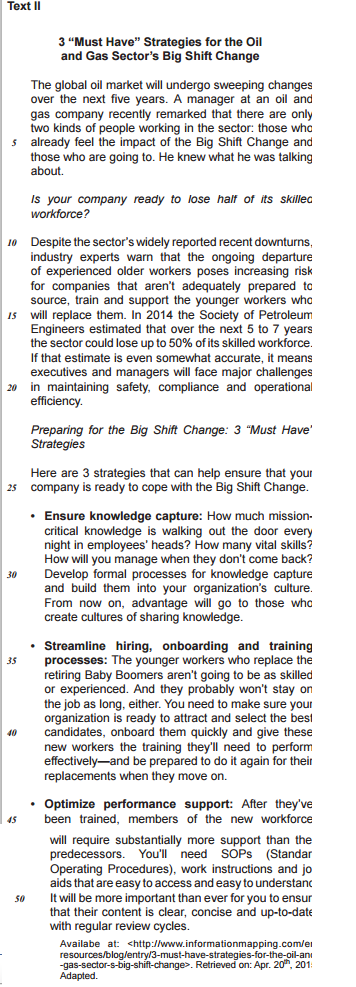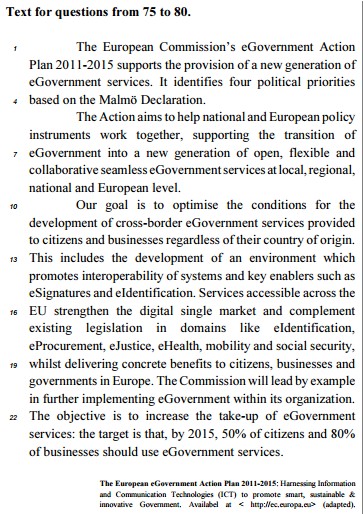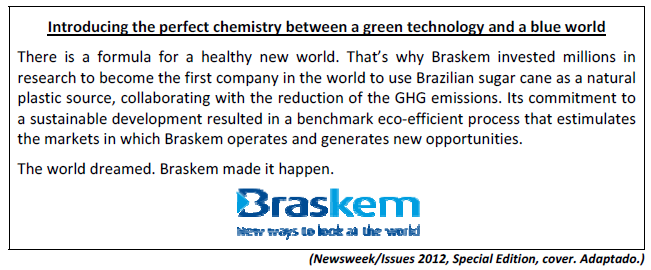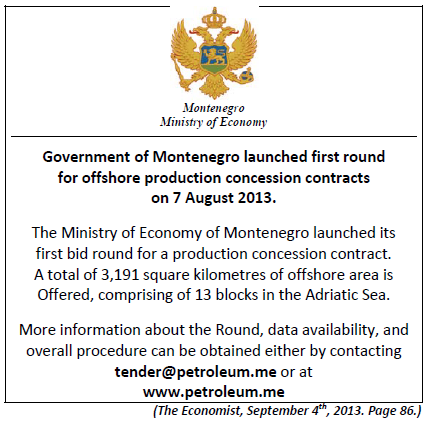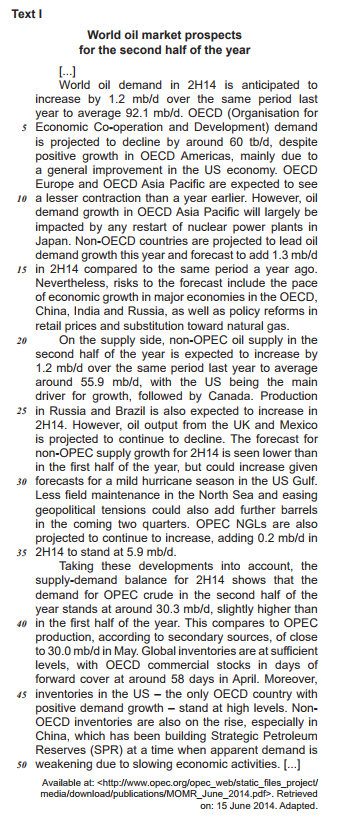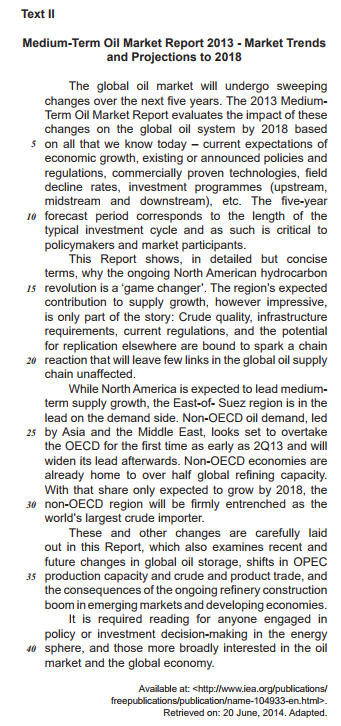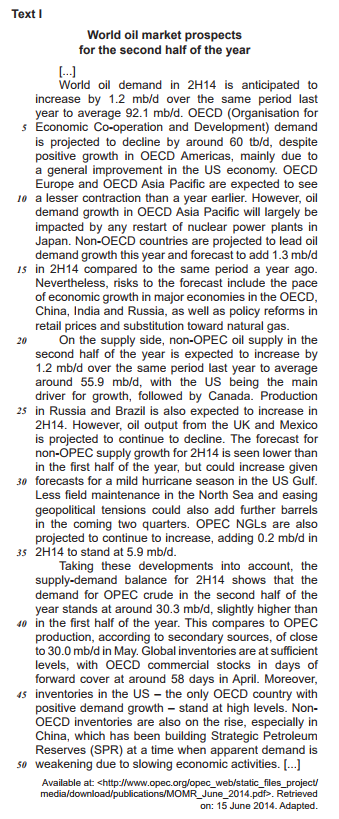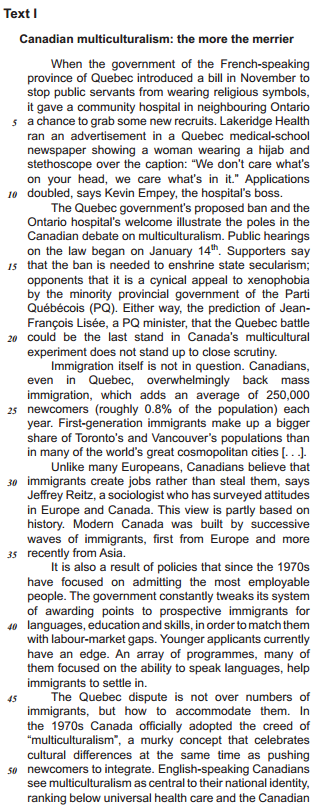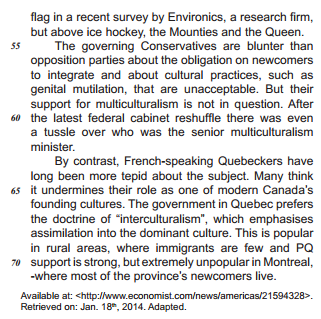
Based on the previous text, judge the following items
The governmental program announced intends to aid impoverished families to have home access to resources which have been available only to affluent ones.

Based on the previous text, judge the following items
The expression “technology-driven society” (R.5) could be correctly replaced by technologically oriented society, in which case the meaning of the text would not be altered.
From the fragment in Text II “Here are 3 strategies that can help ensure that your company is ready to cope with the Big Shift Change” (lines 24-25), one concludes that the 3 recommended strategies aim at
Based on the fragment of Text I “Using objective assessments to measure employability – a comprehensive evaluation of hard and soft skills and overall potential – improves the odds of finding the right hires for the business” (lines 40-43), one infers that objective assessments
Questions 34 through 38 refer to the following text.
We've been keeping our veterinarian in business lately.
First Sammy, our nine-year-old golden retriever, needed
surgery. (She's fine now.) Then Inky, our curious cat,
burned his paw. (He'll be fine, too.) At our last visit, as we
were writing our fourth (or was it the fifth?) consecutive
check to the veterinary hospital, there was much joking
about how vet bills should be tax-deductible. After all, pets
are dependents, too, right? (Guffaws all around.)
Now, halfway through tax-filing season, comes news
that pets are high on the list of unusual deductions
taxpayers try to claim. From routine pet expenses to the
costs of adopting a pet to, yes, pets as "dependents," tax
accountants have heard it all this year, according to the
Minnesota Society of Certified Public Accountants, which
surveys its members annually about the most outlandish
tax deductions proposed by clients. Most of these doggy
deductions don't hunt, but, believe it or not, some do. Could
there be a spot for Sammy and Inky on our 1040?
Scott Kadrlik, a certified public accountant in Eden Prairie,
Minn., who moonlights as a stand-up comedian (really!),
gave me a dog's-eye view of the tax code: "In most cases
our family pets are just family pets," he says. They cannot
be claimed as dependents, and you cannot deduct the
cost of their food, medical care or other expenses. One
exception is service dogs. If you require a Seeing Eye
dog, for example, your canine's costs are deductible as
a medical expense. Occasionally, man's best friend also
is man's best business deduction. The Doberman that
guards the junk yard can be deductible as a business
expense of the junk-yard owner, says Mr. Kadrlik. Ditto the
convenience-store cat that keeps the rats at bay.
For most of us, though, our pets are hobbies at most.
Something's a hobby if, among other things, it hasn't turned
a profit in at least three of the past five years (or two of the
past seven years in the case of horse training, breeding
or racing). In that case, you can't deduct losses—only
expenses to the extent of income in the same year. So if
your beloved Bichon earns $100 for a modeling gig, you
could deduct $100 worth of vet bills (or dog food or doggy
attire).
(Source: Carolyn Geer, The Wall Street Journal, retrieved on 13 March
2014 - slightly adapted)
The title that best conveys the main purpose of the article is:
Acid rain and… the facts
www.acidrain.org.ca / Oxford Children´s Encyclopedia
What causes acid rain?
Acid rain is caused by air pollution. When fossil fuels such as coal and oil are burned, two gases, sulphur dioxide and nitrogen oxide, are released into the atmosphere. These two pollutants eventually react with the moisture in the air. When this polluted mixture falls onto the ground, it is called acid rain.
Rain measuring between 0 and 5 on the pH scale, is acidic therefore called ACID RAIN
Acid rain is harmful to the environment. It is hard to control because it may be blown by the wind, falling thousands of kilometers from where it was first formed. For example, much of the acid rain in Canada is caused by smoke from factories and power‐stations in the USA. The acid rain in Scandinavia may come from Britain.
What are the effects of acid rain?
Acid rain has many different effects. It has killed fish in the lakes of North America, Scandinavia, Scotland, and Wales. Vast areas of forest in northern and central Europe are dying because of it, while in many European cities statues and stone buildings are being eaten away by the acid. Acid rain corrodes metalwork such as steel bridges and railings; it also attacks some types of concrete. Even the water that we drink is slowly being polluted by acid rain.
What are the effects on trees and soil?
One of the most serious impacts of acid precipitation is on forests and soils. Great damage is done when sulphuric acid falls onto the earth as rain. Nutrients present in the soils are washed away. Aluminium also present in the soils is freed and this toxic element can be absorbed by the roots of trees. Thus, the trees starve to death because they have been deprived of their vital nutrients such as calcium and magnesium.
Acid rain is one of the most serious environmental problems of our time. It is a global problems that is gradually affecting our world.
How does acid rain effect lakes?
Lakes that have been acidified cannot support the same variety of life as healthy lakes. As a lake becomes more acidic, various types of fish disappear. Other effects of acidified lakes on fish include: decreased growth, inability to regulate their own body chemistry, reduced egg deposition, deformities in young fish and increased susceptibility to naturally occurring diseases.
Clean rain usually has a pH of 5.6. It is slightly acidic because of carbon dioxide which is naturally present in the atmosphere. Vinegar, by comparison, is very acidic and has a pH of 3.
What is pH?
This is a measure of how acidic or alkaline a substance is. (See a pH scale below). The initials pH stand for Potential of Hydrogen. Acids have pH values under 7, and alkalis have pH values over 7. If a substance has a pH value of 7. It is neutral‐neither acidic or alkaline.

Because the pH scale is logarithmic, a difference of one pH unit represents a tenfold, or ten times change. For example, the acidity of a sample with a pH of 5 is ten times greater than that of a sample with a pH of 6. A difference of 2 units, from 6 to 4, would mean that the acidity in one hundred times greater, and so on.
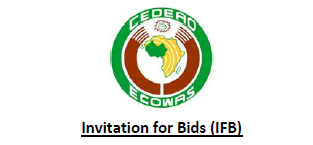
1. The ECOWAS COMMISSION has allocated own funds towards the cost of the Supply, Deployment & Installation of Network Equipment at the ECOWAS Commission Headquarters Data Centre, Abuja.
2. The ECOWAS Commission therefore invites sealed bids for the Supply, Deployment & Installation of Network Equipment at the ECOWAS Commission Headquarters Data Centre, Abuja described above in one lot.
3. The Bidding Document can be obtained at the Procurement Division, Directorate of General Administration, ECOWAS Commission, Plot 101, Yakubu Gowon Crescent, Asokoro District, Abuja, Nigeria, upon submission of a written request and payment of three hundred US Dollars (US$300.00) by Cash or Bank Draft made in favour of ECOWAS Commission, Abuja.
4. For Bidders outside Nigeria, the Bidding Document can be mailed to interested Bidders upon payment (by Transfer) of non‐refundable fee of US$300.00 to the Commission (transfer charges born by the bidder). (Account Details available on request.)
5. Interested Bidders may obtain further information at the address below, during office hours: Monday to Friday from 9.00am (8.00am GMT+1) to 4.00pm (3.00pm GMT+1), ECOWAS Commission, Directorate of General Administration, Procurement Division, 1st Floor, Plot 101, Yakubu Gowon Crescent, Asokoro District, PMB 401 Abuja Nigeria.
E‐mail: [email protected]
6. Bids shall be valid for a period of 120 (days) after Bid Opening and must be accompanied by a bid security of US$20,000.00 (Bank Guarantee or Insurance Bond).
7. Bids shall be delivered in sealed envelope and deposited in the ECOWAS Tender Box located Office of the Executive Assistant of Commissioner of Administration & Finance, fifth (5th) floor of the ECOWAS Commission Building, 101, Yakubu Gowon Crescent Asokoro District, P. M. B. 401, Abuja, Nigeria on or before November 7, 2013 at 11.30am (10.30am GMT+1) and clearly marked “International Competitive Bidding for the Production of ECOWAS Biometric Laissez Passer and Supply of Equipment” Do Not Open, Except in Presence of the Committee.
8. Bids will be opened in the presence of the bidders who wish to attend on November 7, 2013 at 12.00 noon (11.00am GMT+1), Room 523, Ecowas Commission, Abuja, Nigeria.
(The Economist, September 4th, 2013. Page 86. Adaptado.)
A bid security
Comparing the excerpt from Text I “Non-OECD countries are projected to lead oil demand growth this year and forecast to add 1.3 mb/d in 2H14 compared to the same period a year ago” (lines 13-15) to the excerpt from Text II “Non-OECD oil demand, led by Asia and the Middle East, looks set to overtake the OECD for the first time as early as 2Q13 and will widen its lead afterwards” (lines 24-27), one states that Text number
The expression from Text II upstream, midstream and downstream (lines 8-9) implies that investment programmes will be respectively directed to costs that involve
According to Text I, the statement “On the supply side, non-OPEC oil supply in the second half of the year is expected to increase by 1.2 mb/d over the same period last year to average around 55.9 mb/d, with the US being the main driver for growth, followed by Canada” (lines 20-24) implies that

